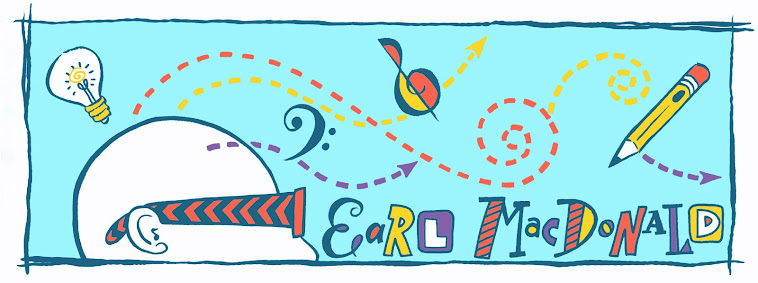Dear God,
It’s me again.
I’m still having a difficult time relating to my fellow Christians. Election time here in the U.S. makes it especially tough.
As you know, very little surprises me any more, but a friend’s Facebook status genuinely caught me off guard this weekend. Here it is:
Strangely, the “wake up” portion is what I found most offensive. You know I haven’t been asleep or ignoring the issues in this election. I have trouble understanding why every election season, there are many believers for whom the singular issue of abortion decides how they will vote. Frankly, I don’t think it is me who needs to wake up. Yes, I can see the importance of continued discussions about abortion (especially in light of recent comments by Republican Congressmen Todd Akin and Joe Walsh), but there are SO MANY other issues also at stake.
Even if we were to focus the conversation on abortion, Romney isn’t exactly it’s most vehement opponent. Last week he told the Des Moines Register that he wouldn’t pursue abortion legislation if elected president. So, why then is Romney the logical choice for the many Christians? Why are they so confident that he will protect the unborn?
I’ve been reading the biblical book of Acts. In the second chapter it talks about how the believers sold their possessions and goods and gave to anyone in need. Doesn’t this sound like the socialism Republicans adamantly oppose and criticize? Aren’t Obama’s health care plan, budgetary priorities, social programs and tax plan much more in line with what is described in Acts 2:45, than what Romney and the Republicans are suggesting? Shouldn’t our focus be on “Pro-living”, and not just pro-life? For Christians and all Americans, shouldn't education, helping those in need, and ending wars be on an equal playing field to saving the unborn? Let’s also aid the living and make some societal progress.
My frustrations are many, Lord. I pray that you would help me during this election season not to lose my cool, my faith or my friendships. Help me to express my opinions in love and not anger. Help me to be “quick to listen, slow to speak and slow to become angry” (James 1: 19). Help me to remain unified with my fellow believers in the essential truths of our faith.
I pray that Christians throughout America would carefully consider ALL of the issues at stake in this election, and that You would provide wisdom to guide and direct their decision making.
Amen.
It’s me again.
I’m still having a difficult time relating to my fellow Christians. Election time here in the U.S. makes it especially tough.
As you know, very little surprises me any more, but a friend’s Facebook status genuinely caught me off guard this weekend. Here it is:
“Are you looking for a president who will protect the unborn child's right to be murdered in its mother’s womb? OBAMA is your candidate. Wake up people!”
Strangely, the “wake up” portion is what I found most offensive. You know I haven’t been asleep or ignoring the issues in this election. I have trouble understanding why every election season, there are many believers for whom the singular issue of abortion decides how they will vote. Frankly, I don’t think it is me who needs to wake up. Yes, I can see the importance of continued discussions about abortion (especially in light of recent comments by Republican Congressmen Todd Akin and Joe Walsh), but there are SO MANY other issues also at stake.
Even if we were to focus the conversation on abortion, Romney isn’t exactly it’s most vehement opponent. Last week he told the Des Moines Register that he wouldn’t pursue abortion legislation if elected president. So, why then is Romney the logical choice for the many Christians? Why are they so confident that he will protect the unborn?
I’ve been reading the biblical book of Acts. In the second chapter it talks about how the believers sold their possessions and goods and gave to anyone in need. Doesn’t this sound like the socialism Republicans adamantly oppose and criticize? Aren’t Obama’s health care plan, budgetary priorities, social programs and tax plan much more in line with what is described in Acts 2:45, than what Romney and the Republicans are suggesting? Shouldn’t our focus be on “Pro-living”, and not just pro-life? For Christians and all Americans, shouldn't education, helping those in need, and ending wars be on an equal playing field to saving the unborn? Let’s also aid the living and make some societal progress.
 |
| “In essentials, unity; in non-essentials, liberty; in all things, charity.”
- St. Augustine
|
I pray that Christians throughout America would carefully consider ALL of the issues at stake in this election, and that You would provide wisdom to guide and direct their decision making.
Amen.






